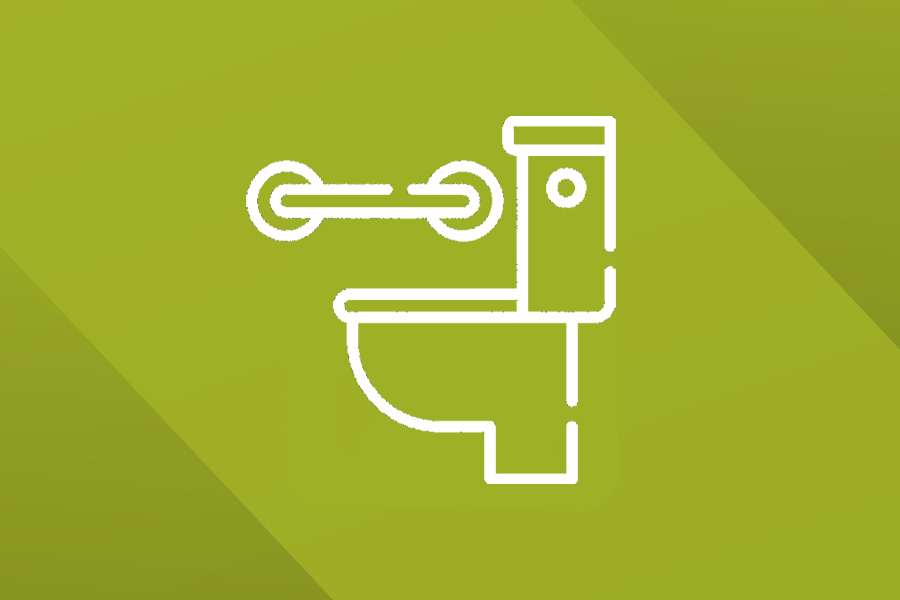Interventions to Reduce Risk for Patients with Toileting Needs

Some patients have incontinence, or urgency of bowel or bladder, causing them to hurry to the bathroom. For some, this problem can be compounded by mobility impairments that make ambulating to the bathroom or transferring on/off a toilet or commode challenging. These impairments may be long-standing for the patient, or acute changes due to the patient’s medical condition. Medication side effects could even be contributing to the problem.
Potential Interventions
A list of interventions that may be of benefit to these patients include:
| Potential Intervention | Rationale |
|---|---|
| Assistive devices/equipment | Devices and equipment make mobility and activities of daily living (ADLs) easier and safer for the patient and staff. Examples that can specifically assist with toileting needs include (but are not limited to) commodes, hand-held urinals, and elevated toilet seats. |
| Call light and personal belongings within reach | Allows the patient to easily call for assistance when needing to use the bathroom, or more readily use equipment related to bathroom needs (e.g. a handheld urinal). |
| Handoff to communicate risk | Transfer important information about a patient’s fall risk to another staff member caring for that patient. |
| Medication review by pharmacy | Address medication side effects that may be contributing to bladder or bowel dysfunction. Alternatively, a pharmacist may have recommendations for medications that may improve bladder or bowel issues. |
| Occupational therapy evaluation | Occupational therapists (OTs) assess and train patients in the performance of ADLs such as dressing, grooming, bathing, and toileting. This may include the use of various pieces of equipment to ease the completion of the ADLs. OTs can also provide recommendations to other hospital staff and the patient’s family for how to most effectively and safely assist the patients with various tasks. |
| Patient/family education | Help patients and families understand what they can do and what staff will do to address a patient’s toileting needs. |
| Physical therapy evaluation | Physical therapists (PTs) assess and train patients in the performance of mobility tasks such as transfers and ambulation. PTs can also provide recommendations to other hospital staff and the patient’s family for how to most effectively and safely assist the patients with mobility. Additionally, specific to issues of incontinence, some physical therapists have specialized training in pelvic floor rehabilitation. |
| Purposeful hourly rounding | Purposeful hourly rounding (i.e. a toileting schedule) can proactively address a patient’s need to use the toilet, so it can help reduce problems with urgency or incontinence. |
| Supervised toileting | Provide close monitoring and/or physical assistance as needed to reduce fall risk or assist a fall, should one occur. While there are competing tensions between patient privacy and safety when it comes to toileting, the bathroom is an important place for staff to provide supervision and assistance due to the difficulty patients may have with transferring and managing clothing, as well as multiple hard surfaces that can cause injury in the event of a fall. |
| Visible identification of risk | Use of signage, colored bracelets, and/or socks helps all staff visually identify if a patient is at risk for falls. |